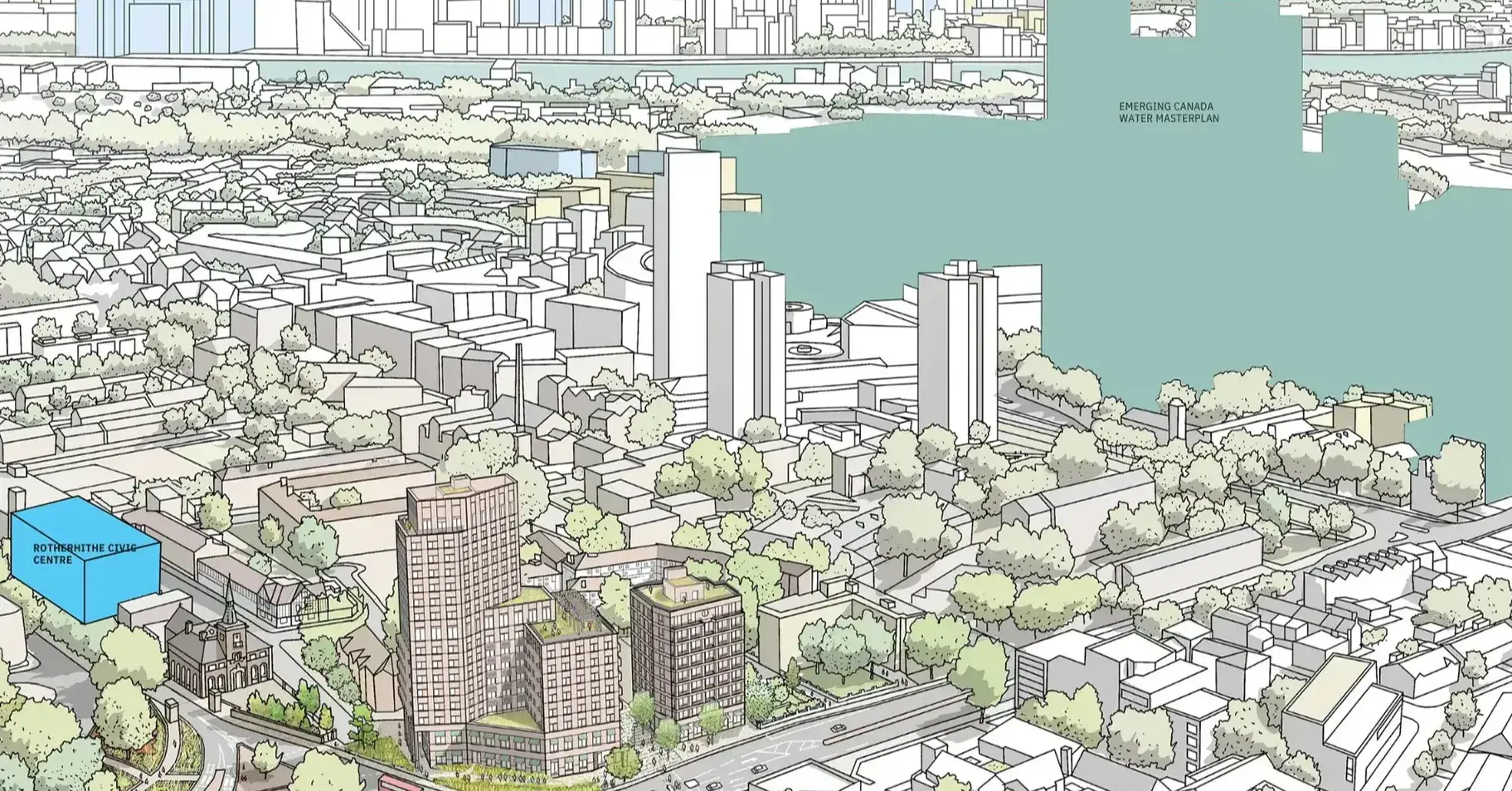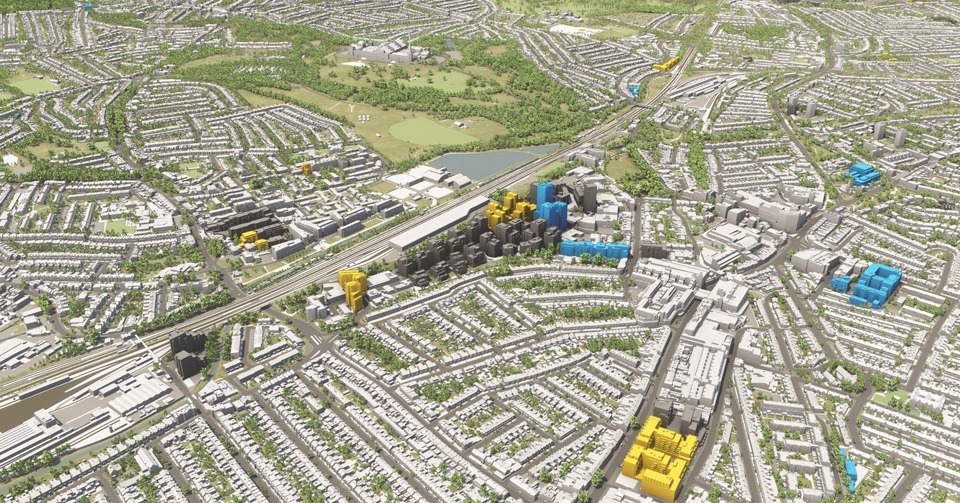Harnessing Technology: Digital Tools for Smoother Plan Approvals
Architects today have access to a huge array of powerful digital tools, helping them to revolutionise the planning approval process. Building Information Modelling (BIM), 3D modelling, generative design tools, and virtual reality (VR) have made significant strides in recent years, enabling architects to present designs with unparalleled precision and creativity. Innovative applications of this kind of technology can not only expedite approvals but also elevate stakeholder engagement, paving the way for a more efficient and dynamic architectural landscape where architects are able to enhance their creativity and efficiency simultaneously.
These kinds of digital design tools are also enabling architects to explore several design iterations across various parameters all within minutes. This is powerful when it comes to navigating planning approvals - it fuels architectural creativity whilst ensuring that the final design meets all functional requirements, all in a timely manner.
|
Renowned company Foster + Partners utilised virtual reality technology to develop an interactive walkthrough of their design for the Bloomberg Headquarters in London. This enabled clients and stakeholders to immerse themselves in the building's vision and offered them a lifelike experience of the space before its actual construction. It gave them a platform to express their feedback in real-time having experienced the future building, thereby boosting Foster + Partners’ public buy-in and approval speed. |
|
|
|
Another success story is architect Frida Escobedo, who incorporated virtual reality technology in her presentation for the Serpentine Pavilion in London, enabling an interactive installation that encouraged public engagement and feedback on the design - again, meaning stakeholder buy-in was elevated. |
The integration of digital tools such as BIM, 3D modelling, generative design and VR into the architectural industry has been transformative. Architects can now navigate the complex planning approval process with ease, efficiency and creativity, ultimately saving precious time and resources. By harnessing the power of technology, architects can revolutionise their projects and leave a lasting mark on the cities of tomorrow.
Make sure you read our related content below:
- Visualising Your Data: The New Way to Navigate Regulations
- Storytelling: The Key to Architectural Plan Approval
VU.CITY Case Studies
See how leading built environment experts are using VU.CITY
Shape Tomorrow’s Cities, Today.
Begin Your Free Trial Now.

.png?width=800&height=800&name=Untitled%20design%20(6).png)
.png?width=800&height=800&name=Untitled%20design%20(5).png)
-1-1-1.png)


